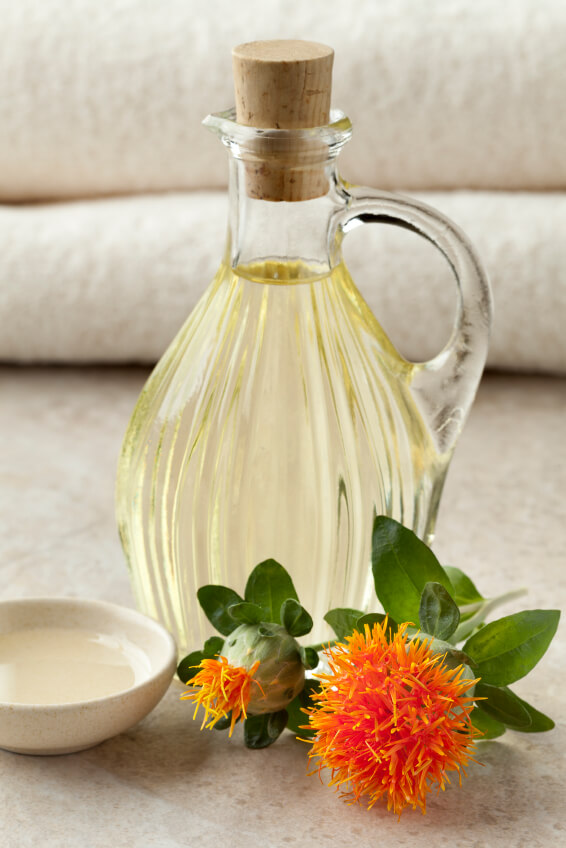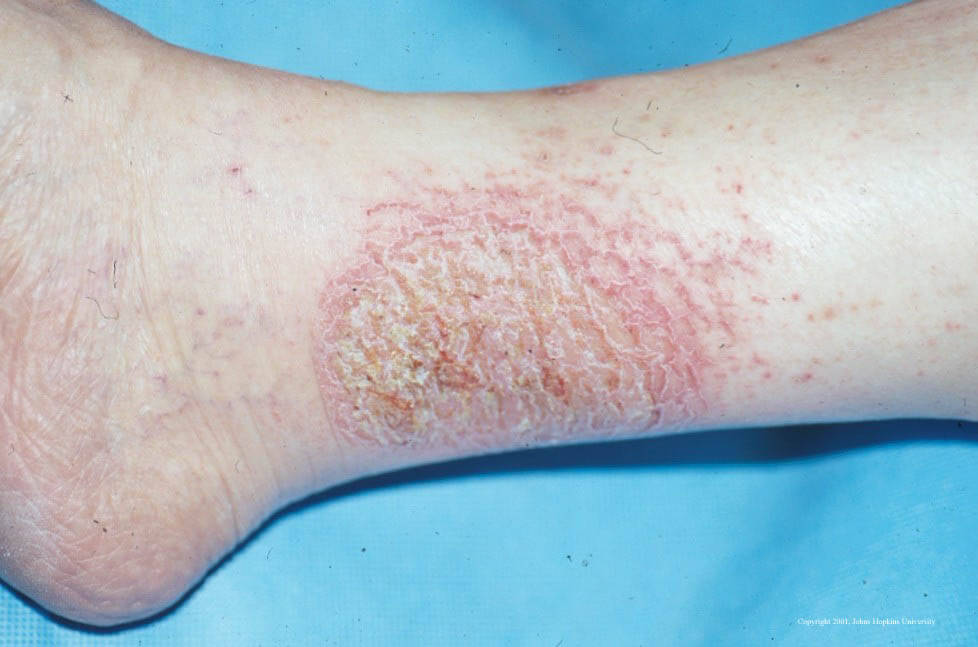Eczema Craquele or Cracked Skin Eczema Treatment
Treatment For Children
Eczema-Ltd III is an excellent treatment for Eczema Craquele (Cracked Skin Eczema). Eczema Craquele which is one of those conditions that seems to happen more in the winter months, when the humidity is lower and the air is drier. Eczema-Ltd III can be used to help relieve the itch that is associated with eczema craquele. Also we suggest using jojoba oil to help aid in the healing process. Jojoba oil will aid in softening the skin and providing additional protection.

Eczema-Ltd III and Jojoba oil is a great combination to combat the onset of eczema craquele. Below you will see other ways to help control eczema craquele or sometimes called the winter itch.
- The patient should use Jojoba Oil or Safflower Oil (found in grocery stores) after bathing
- Avoiding over heating rooms. Keep your living space comfortable without a hot temperature that will dry out the skin
- Using humidifiers to keep heated indoor air moist
- Humidified air is easier to breathe, too
- Room humidifiers in bedroom may help (keep humidity above 50%)
- Try to limit the bath in five or ten minutes to keep from getting from getting 'wrinkled fingers or palms of the hands by staying in the bath water too long.
- Use cleansing bar soaps for dry, sensitive skin instead of deodorant soaps
- Dressing the patient warmly for trips outside
- Cover exposed skin in windy or cold weather
Also you may read "Compare your product with Eczema-Ltd III" for more information about Eczema-Ltd III product.
Symptoms of Eczema Craquele
This form of eczema results from dying skin due aging and dry climates. Both conditions can be improved with more water as the average person needs 10 to 12 glasses of water per day. Then the skin will not be dry and the skin will receive enough water to stay alive. Food is not as necessary as water for the skin cells and all the other vital organs of the body to stay alive.
The skin is dry and dull, with fine scaling. In more advanced stages, a pattern of superficial cracks and fissures of the horny layer presents, possibly accompanied by erythema, oozing and crusting.

Primary lesions include slightly scaly, inflamed, crooked cracked skin most commonly involves the lower leg area, but it may also occur on the thighs, on the hands, and on the trunk.
Secondary lesions include damaged red swollen patches of skin due to irritation or scratching. Bleeding skin with cracks can also occur.
Typically the shins are involved, but lesions may also occur on the arms, thighs and the trunk.
Eczema Craquele patients have symptoms on the skins, hands, arms and thighs and elsewhere on their body. Sometimes slight scaling can also occur. Constant scratching can lead to thickening and hardening of the skin.
Causes of Eczema Craquele
Multiple factors may contribute to cause eczema craquele, including the following:
- Abrasion, trauma and friction
- Frequent or prolonged bathing in hot water, use of soap on the involved site, and infrequent use of emollients for water retention in the stratum corneum
- Cleaning detergents such as solvents and cleansers
- Decreased sebaceous and sweat gland activity in elderly persons
- Low environmental humidity and cold winds that increase the loss of water by convection heaters close by the body.
- Radiation
- Long-term mal-absorption of essential fatty acids, including linoleic acid and linolenic acid
- Nutritional deficiencies such as zinc deficiency and essential fatty acid deficiency, such as linoleic acid deficiency or linolenic acid deficiency
- Atopy
- Ichthyosis
- Thyroid disease - Myxedema and other thyroid diseases with diminished sweat and sebaceous gland activity
- Neurologic disorders - Decreased sweating in denervated areas
- Drugs - Antiandrogen therapy and diuretic therapy
- Malignancies - Malignant lymphoma, gastric adenocarcinoma, glucagonoma, angioimmunoblastic lymphadenopathy, breast cancer, large-cell lung carcinoma, and colorectal carcinoma.
Occurrence of Eczema Craquele
First described by Brocq in 1907, with the term eczema craquele, asteatotic eczema (a.k.a. Winter Itch) is characterized by pruritic, dry, cracked, and polygonally fissured skin with irregular scaling. It most commonly occurs on the shins of elderly patients, but it may occur on the hands and the trunk.
In 1971, Domonkos described the appearance of this form of eczema as cracked porcelain. The pattern of cracking has been likened to a crazy pavement pattern. In 1999, Fitzpatrick likened asteatotic eczema to a dried-up river bed. According to Caplan, superficial bleeding and fissures can occur as the epidermis loses water, as it splits, and as it cracks deeply enough to disrupt papillary dermal capillaries. The inflammation can be associated with asymmetric leg edema. Eczema with increased lichenification occasionally occurs as patients rub and scratch the pruritic areas.
Craquele in French means, "marred with cracks" as in old china. Craquele eczema describes a condition often seen in elderly persons during the winter. It is usually caused by bathing too often in hot soapy water or showers or in houses with low humidity and high temperature.
Eczema Craquele describes skin that has a "crazy paving" appearance. It is also known as asteatotic dermatitis, eczema craquelatum, xerotic eczema, winter itch, eczema hiemalis, eczema fendille, etat craquele.
Eczema craquele is most frequently found in older people that have dry, thin skin with symptoms of scaly and 'cracked paying' appearance. Sometimes it is the various soaps left on the skin after bathing or showering, but most often by simple dehydration or a lack of water as most people need between 10 and 12 glasses of water daily. The sense of a 'need for water' is one of the first signs of aging that does not seem apparent to the patient. However, the skin and vital organs of the body can not possibly regenerate with water. Substitutes of sodas, coffee, tea, alcohol do 'not' work as the skin cells and body cell organs can not regenerate without water. Always avoid 'steroids'.
The eruption can be generalized or localized. Generalized asteatosis is a distinct entity and should provoke a search for possible associated diseases. Guile divides the localized forms into 4 types:
- Asteatotic eczema of the lower extremities in elderly persons secondary to aging, dehydrated skin, and malnutrition
- Cracked erythema secondary to irritant contact eczema from soaps or detergents
- Eczema craquele in areas in which corticosteroid therapy was discontinued
- Asteatotic eczema in neurological disorders
Initially, excess water loss from the epidermis results in dehydration of the stratum corneum with upward curling of corneocytes. The outer keratin layers require 10-20% water concentration to maintain their integrity. A significant decrease in free fatty acids in the stratum corneum is present in people with asteatotic dermatitis. Stratum corneum lipids act as water modulators, and cutaneous loss of these lipids can increase transepidermal water loss to 75 times that of healthy skin. Elderly persons with decreased sebaceous and sweat gland activity, patients on antiandrogen therapy, people using degreasing agents, and people bathing without replacing natural skin emollients lost to bath water are at risk for asteatotic eczema.
When the stratum corneum loses water, the cells shrink. A significantly decreased cellular volume can stress the skin's elasticity, creating fissures. Edema in the dermis leads to additional stretch on the overlying epidermis. Fissures rupture dermal capillaries, causing clinical bleeding. The disruption of cutaneous integrity can result in inflammation with risk of infection. Transepidermal absorption of allergens and irritants is increased as the epidermis is damaged, increasing susceptibility to allergic contact dermatitis and irritant contact dermatitis. Allergic contact dermatitis and irritant contact dermatitis may cause a persistent and possibly more extensive dermatitis despite therapy. Furthermore, low environmental humidity contributes to xerosis, creating a clinical picture of asteatotic dermatitis in some dermatologic conditions, such as atopic dermatitis.
Seasonality is prominent, and most patients present in the winter months, especially in areas where indoor humidity is decreased by heating. The frequency of eczema craquele is increased in the northern United States, particularly during the winter season.
Although most cases resolve without ill effects, can be chronic with relapses frequent during the winter months and during times of low humidity.
